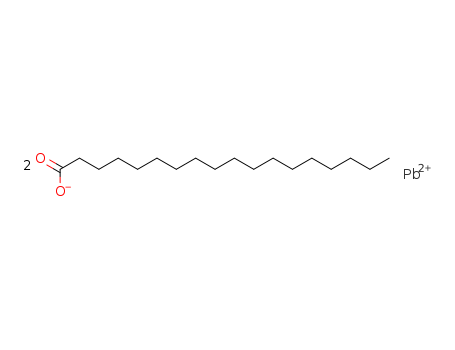10.1039/c4dt03075c
The research investigates the coordination geometry of lead carboxylates, focusing on how the structure varies with the length of the carboxylate chain. The study uses a combination of solid-state nuclear magnetic resonance (NMR) spectroscopy, infrared spectroscopy, and X-ray diffraction to analyze a series of lead carboxylates ranging from lead hexanoate (C6) to lead octadecanoate (C18). The purpose is to understand the structural differences between short-chain and long-chain lead carboxylates, which is crucial for applications in areas like paint conservation and the design of chelating agents.





